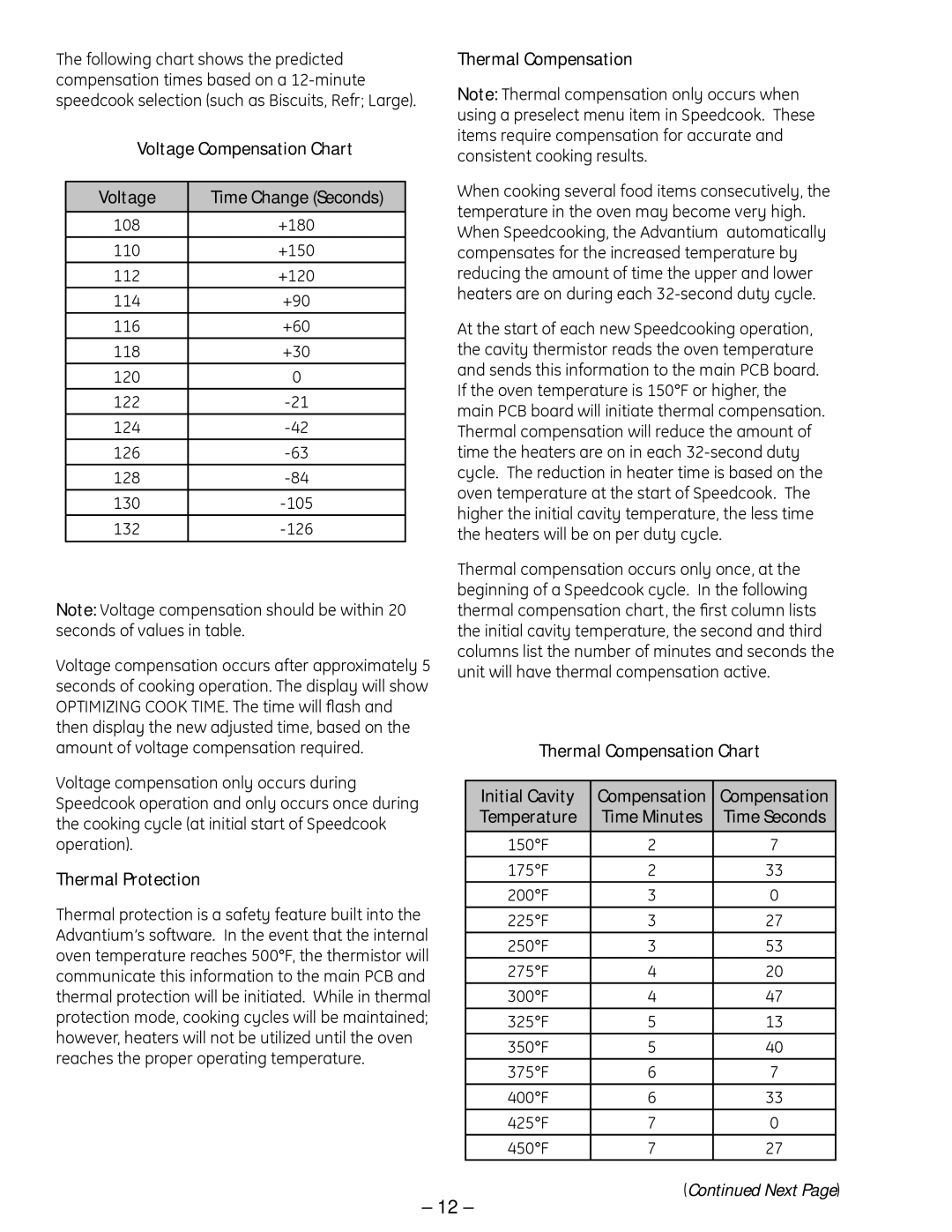SCB 1000, SCB 1001, ZSC 1000, ZSC 1001 specifications
The GE ZSC 1001, ZSC 1000, SCB 1001, and SCB 1000 are cutting-edge solutions in the realm of electrical substations, designed to enhance efficiency, reliability, and safety in power management systems. These devices are integral for utilities seeking to modernize their infrastructures while maintaining optimal performance.The GE ZSC 1000 series includes both the ZSC 1000 and ZSC 1001 models. These digital relays are renowned for their sophisticated protection and control capabilities. One of the standout features of the ZSC 1001 is its enhanced communication technology, enabling seamless integration with various systems and allowing for real-time data exchange. This model offers advanced protection functions, including overcurrent, distance, and differential protection, which are essential for safeguarding electrical assets.
The ZSC 1000 series is built on a modular architecture, facilitating easy upgrades and customization to meet specific operational needs. It employs intelligent data analysis to help operators predict equipment failures before they happen, ultimately minimizing downtime and maintenance costs. Additionally, the devices boast user-friendly interfaces that simplify monitoring and control tasks.
The SCB 1000 and SCB 1001 are also key players in GE's portfolio, tailored for busbar protection and automation. These models feature high-accuracy current sensing technology and extensive programmable parameters to suit diverse applications. Their design allows for robust performance in harsh environments, making them ideal for substations.
Both SCB models utilize advanced digital signal processing (DSP) technologies, which enhance their performance and improve the reliability of measurements. The SCB 1001 takes a step further by incorporating security measures to protect against cyber threats, ensuring the integrity of data within the grid.
In terms of interoperability, all four models support various communication protocols, facilitating better connectivity and integration with existing infrastructure. They are designed to operate seamlessly in conjunction with SCADA systems, enabling comprehensive monitoring and control functions.
To summarize, the GE ZSC 1001, ZSC 1000, SCB 1001, and SCB 1000 exemplify modern innovations in electrical protection and control. They offer a blend of advanced technologies, modular designs, and robust performance characteristics, making them invaluable assets for any utility looking to enhance its power management systems. These devices not only meet the current demands of the energy sector but are also equipped to adapt to future challenges in the evolving landscape of electrical distribution and management.

